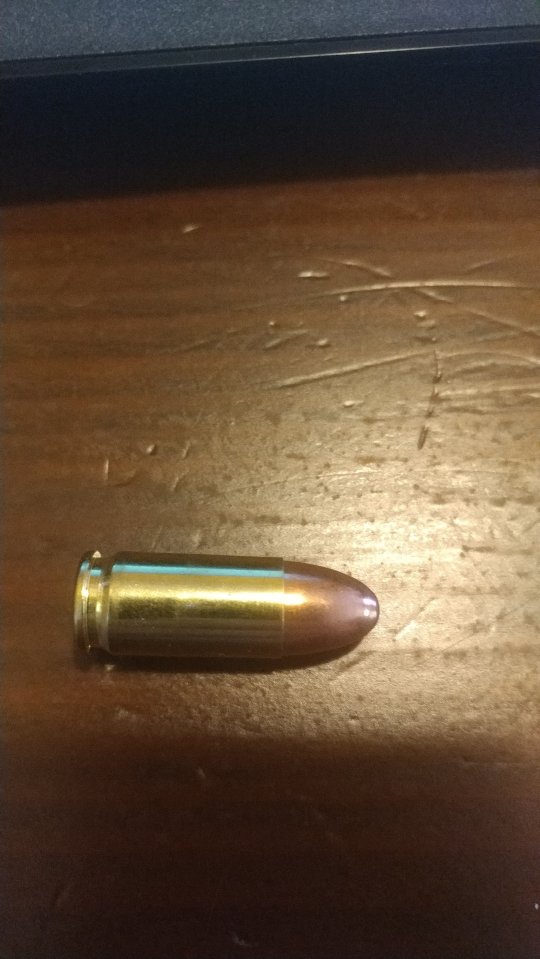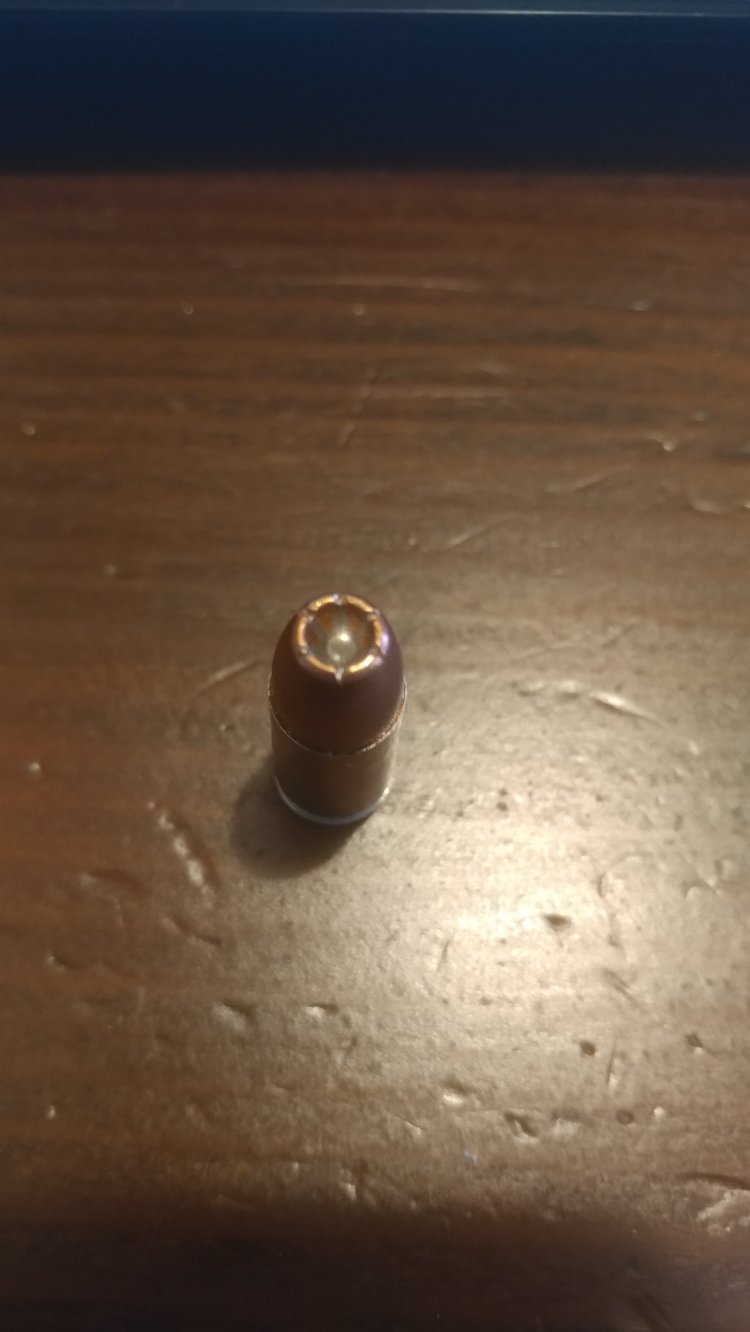It is nearly impossible to do any research or have any discussion whatsoever about carrying a gun without the topic of ammunition coming up. In this article, we will largely stay away from the “caliber wars” that are never ending. We will continue with the assumption that you already have your carry firearm of choice and are now looking into ammunition choices.
Standard “ball” ammunition, of full metal jacket (FMJ) is the most commonly produced type of ammunition worldwide and is characterized by typically having a lead core, surrounded by a metal jacket that covers the lead. This jacket is usually copper, or a copper alloy. This jacket accomplishes two main things: it reduces lead deposits in the rifling (the grooves inside the barrel that impart spin on the projectile) of the barrel, and helps prevent projectile deformation when it strikes a target. This ammunition is typically much more affordable than other types of ammunition, and is what most shooters use at the range for target shooting and practice. Because the round is not designed to expand or deform, it usually offers much higher penetration in soft targets and is not recommended for carry or defensive applications due to this excessive penetration.

Though they are often maligned as “exploding” projectiles, or labeled as overly destructive, hollow point ammunition is actually safer in many ways for the application of carry and self defense. The hollow cavity of a jacketed hollow point round is designed so that when the round impacts a soft, or fluid target, the cavity is forced to open and expand. This results in a dramatic transfer of energy, as the round is slowed by the “parachute” effect of the expansion. This leads to a greatly reduced chance of over-penetration and a more effective transfer of energy to the target. Both of these effects are obviously a good thing for a concealed carrier, as the energy transfer leads to an increased probability of stopping a violent attacker, and the minimized chance of over-penetration means less probability of the fired round going through the target and injuring a bystander. So, despite what news outlets and other uninformed sources say, the hollow point round is a more responsible and sensible round to carry.

There are some other types of ammunition we will discuss briefly, as they are not recommended for carry.
- Rat shot/ snake shot rounds- These projectiles often consist of a plastic case where the traditional bullet would be and are filled with very small shot pellets, usually #12 or #9 shot. They simply do not have the penetration and muzzle energy necessary for self defense, and you would be hard pressed to legally defend your use of them for self defense. Remember, if you shoot someone in self defense, it is deadly force, no matter what type of projectile you use. These rounds ARE very useful for venomous snakes and such though.
- Rubber bullets- Just like the name suggests, these are hard plastic or rubber projectiles. They are simply not sufficient for self defense needs and could get you killed.
As far as what ammo you should get: There are so many choices that listing them all here would be impossible. I recommend going with a reputable brand, such as Hornady, Speer, Federal, Remington, etc and finding something that works well in your firearm. Yes, you need to practice with your carry ammunition and make sure that it functions well in your firearm and delivers sufficient accuracy.
I hope this article has been helpful, please consider liking and following our Facebook page, or subscribing via email to this site. Stay safe and keep shooting!!

